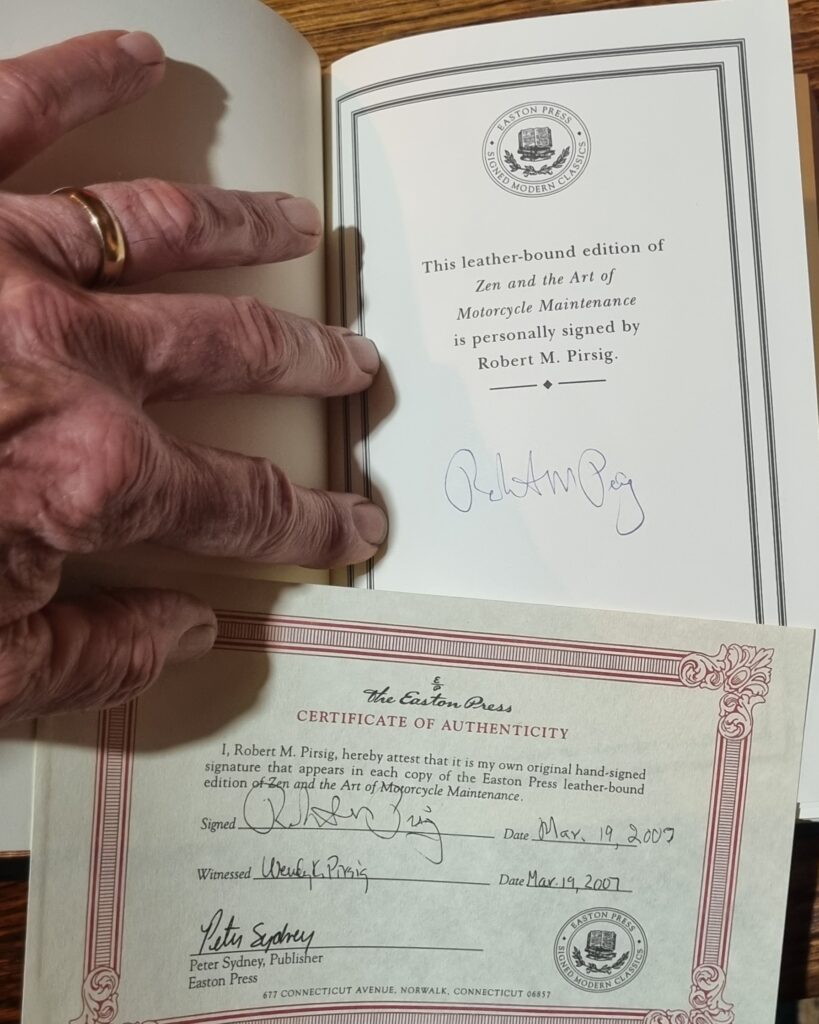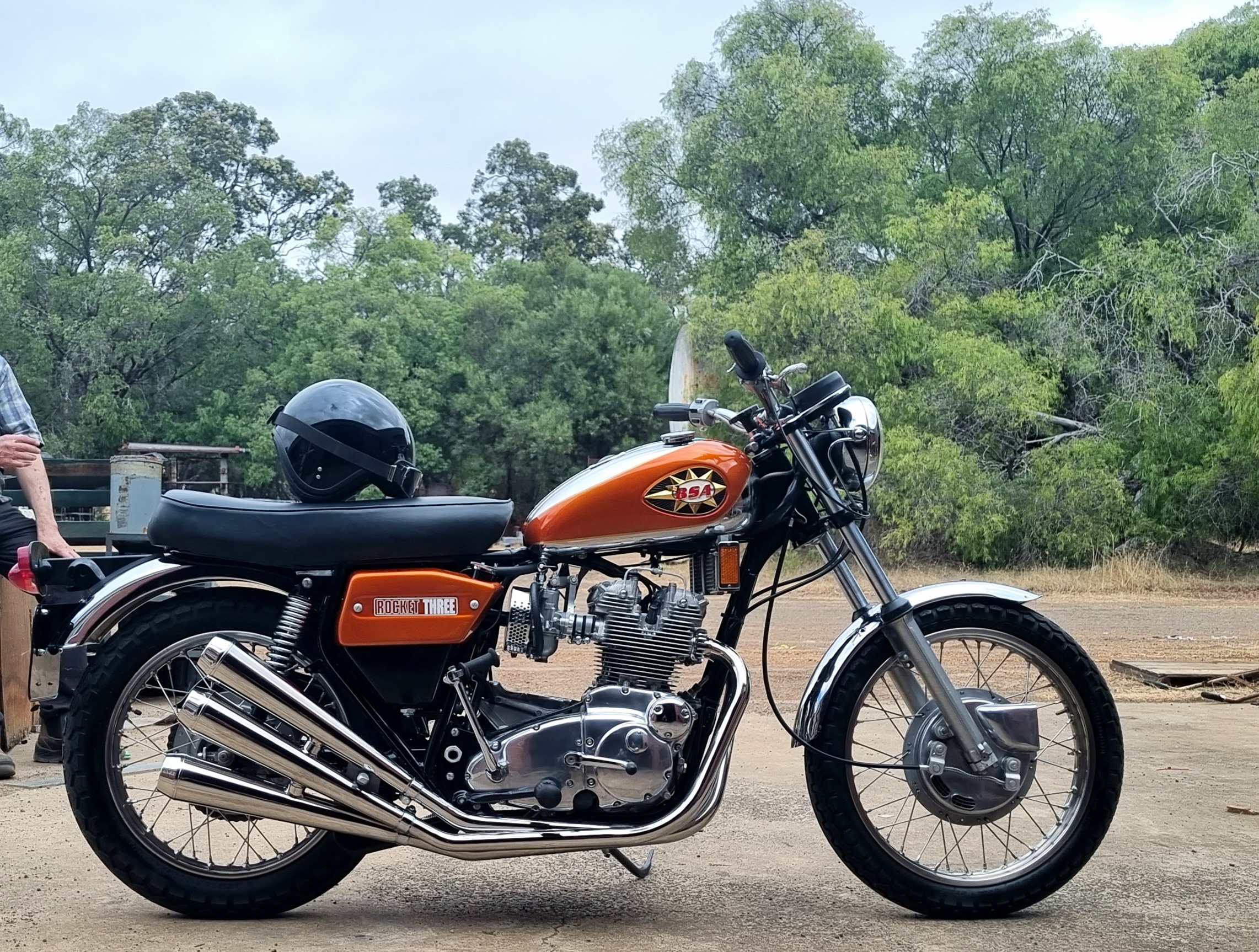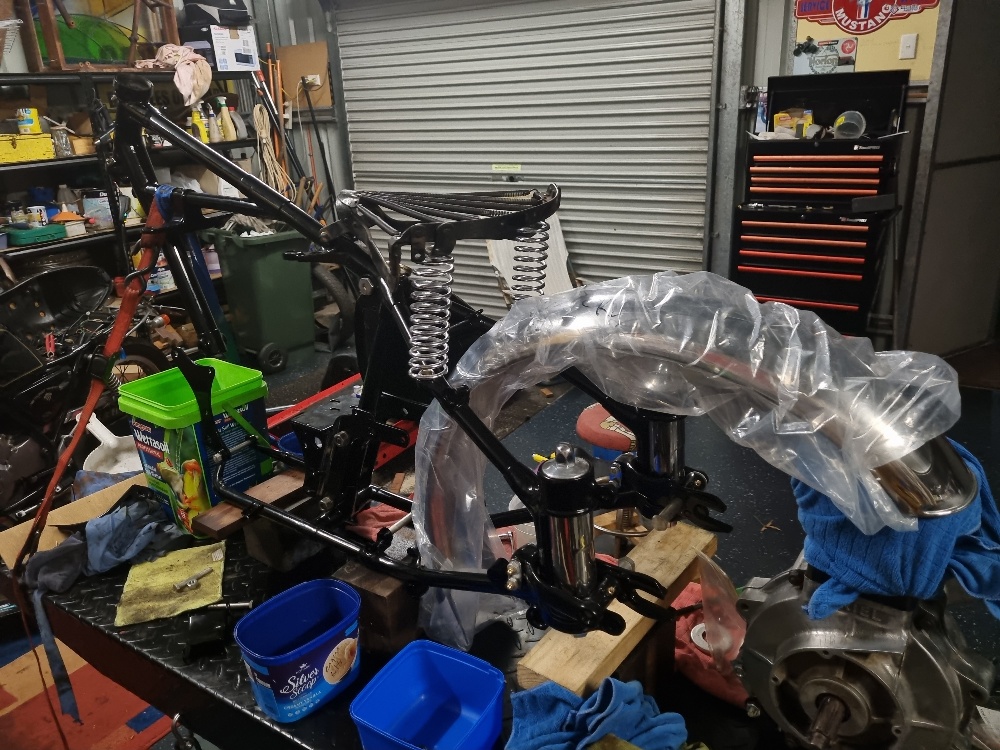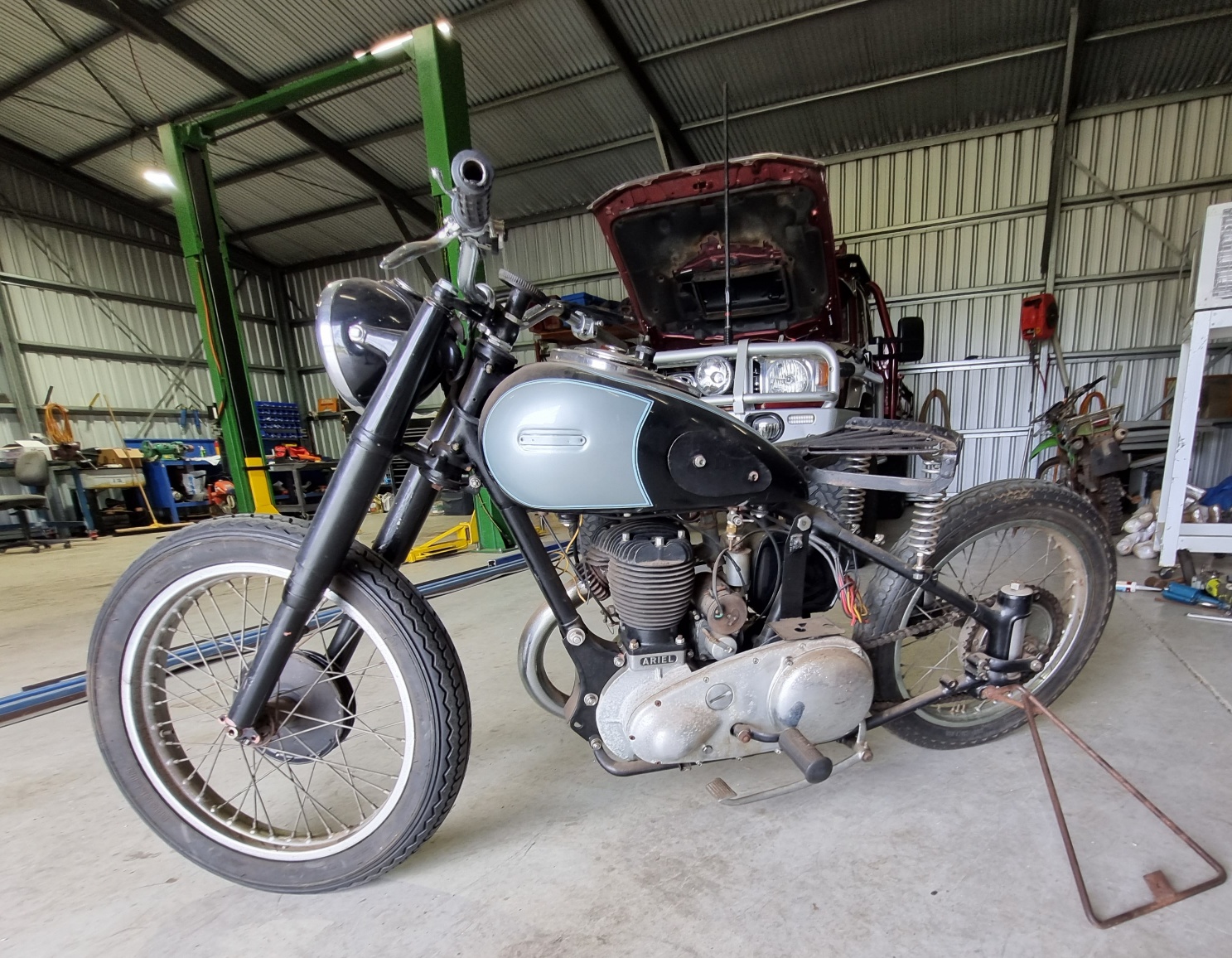“Gumption is psychic gasoline. If you haven’t got it there’s no way the motorcycle can possibly be fixed. But if you have got it there’s absolutely no way in the whole world that motorcycle can keep from getting fixed. Therefore, the thing that must be monitored at all times and preserved before anything else is gumption” (Pirsig, 1974).
I have a tub of Gumption in my shed. I used to blurt out a double-entendre that one needs gumption to work on classic motorcycles but until recently I forgot where that pearl of wisdom originated. Having recently secured another copy of Zen and the Art of Motorcycle Maintenance, I have become reacquainted with gumption trap theory.
In another of those ‘just to make you feel old’ moments, it is 50 years since Zen and the Art of Motorcycle Maintenance was published. I struggled with this book, for many reasons. Most notably it is a hard read and the first couple of times I started it I only made it a short way in. Eventually I read the whole book and congratulated myself on getting to the end of what was quite a depressing story. All of this however didn’t stop me buying a special edition, leather-bound and signed copy of the book when one popped up on eBay a few weeks ago. I’ve talked before of the inherent dangers of browsing eBay whilst drinking wine so I won’t labour on how easy it is to ignore the zeros when clicking the ‘buy it now’ button.
My first attempt at buying a signed copy turned out to be quite erroneous. It was purportedly signed by Pirsig to ‘Dan.’ Not this Dan, but a Dan nonetheless. When the book arrived, it was quite tatty and there was no signature – to Dan or anyone else. I voiced my disapproval to the seller and was told they would forward a signed bookplate to me. “He’s dead,” was my retort. “He died in 2017, how is he going to be able to sign a bookplate to Dan from the grave?” Evidently signing pieces of paper, which were subsequently inserted into the book as ‘bookplates,’ is a thing. It is easier and more convenient to sign a bookplate rather than signing whole books, so it’s plausible Pirsig-signed bookplates are in circulation, but I wanted a book that Pirsig held in his hands when he signed it. I returned the book for a refund.
A short time later, my browsing history prompted eBay to show me another copy and the afford-mentioned, signed, leather-bound book found its way to my letterbox. It’s a pristine copy and comes with a certificate of authenticity, also signed by Pirsig.
Reading this dark and heavy tome, I am reminded Pirsig battled mental health problems for much of his adult life. Back then the treatment of choice was electroconvulsive therapy (ECT), which involved the transmission of high-voltage, alternating current through the lobes of the brain. Pirsig claims ECT left him with dual personalities, one of whom was Phaedrus, the ghost of his former self. Phaedrus also inhabited Socrates so Pirsig was in good company, although it is not clear in the book (at least not to me) if was the same Phaedrus.
The genius of Zen and the Art of Motorcycle Maintenance is how it combines motorcycle mechanics with Socratic philosophy and Zen Buddhism. It has become the most widely read book on philosophy in the world, although there is a caveat. Pirsig warns the reader his book “should in no way be associated with that great body of factual information relating to orthodox Zen Buddhist practice. It’s not very factual on motorcycles either.”
The tenants of the book have been discussed in the academic world ad-nauseum and I don’t propose to contribute to that discussion, at least not at the intellectual level usually associated with philosophical examination. What I would like to do is discuss how Pirsig’s lessons apply to our pursuit of keeping aging motorcycles running.
At the time of undertaking his life-changing trip across the US, Pirsig was on a relatively new, 1966 Honda Super Hawk. In the late sixties motorcycle mechanics were few and far between so, if you wanted to go cycle touring, as he called it, you needed to develop skills in maintenance and repair. Unless you were on a BMW. Pirsig’s touring companions were riding a BMW R60 and they had no desire to learn how to maintain the machine. Pirsig saw this as a reduced appreciation of the quality of motorcycle touring and increased susceptibility to being caught in a gumption trap.
According to Pirsig, we are easily and, in some cases, frequently caught in a gumption trap. My current restoration is an example. I’ve written previously about my Ariel restoration and if I was to touch on it again now some of you would be thinking ‘oh, here we go again, isn’t that bike done yet?’ The answer to that is ‘no,’ but I may have been running low on gumption, and I am not talking about the tub of white paste in my shed.
The gumption trap is a state of mind that allows us to become distracted or discouraged during a project. Ordinarily, gumption denotes a level of resourcefulness, shrewdness and initiative. If any of these traits are lacking our projects, or our motorcycles, can grind to a halt. Pirsig asserts enthusiasm and initiative can diminish and, with that, the likelihood of success will be reduced. A lack of enthusiasm, motivation or energy can become obstacles to your continued riding pleasure and it can be caused by internal “mental” barriers or external “bureaucratic” hurdles. There is also the fiscal gumption trap.
The loss of resources initially invested in the project can cause grief, conflict or embarrassment. One becomes even more trapped and the longer it goes on, the less likely the project will be taken to completion and the financial investment is reduced or lost. If all of this sounds familiar, you’re not alone. This is the gumption trap.
For the record, my project has been stalled for about 12 months whilst I have been waiting on machining. Having been to three machining businesses I was eventually saved by a club member who turned down a hardened gear shaft for me, prior to returning to another machining shop to have a spline cut. Rather than muck around with a dysfunctional gearbox I could simply have purchased another one but that would have lacked gumption.

I finally secured a limited edition, leather-bound edition of Zen and the Art of Motorcycle Maintenance, complete with Certificate of Authenticity signed by the author, the late Robert Pirsig.





